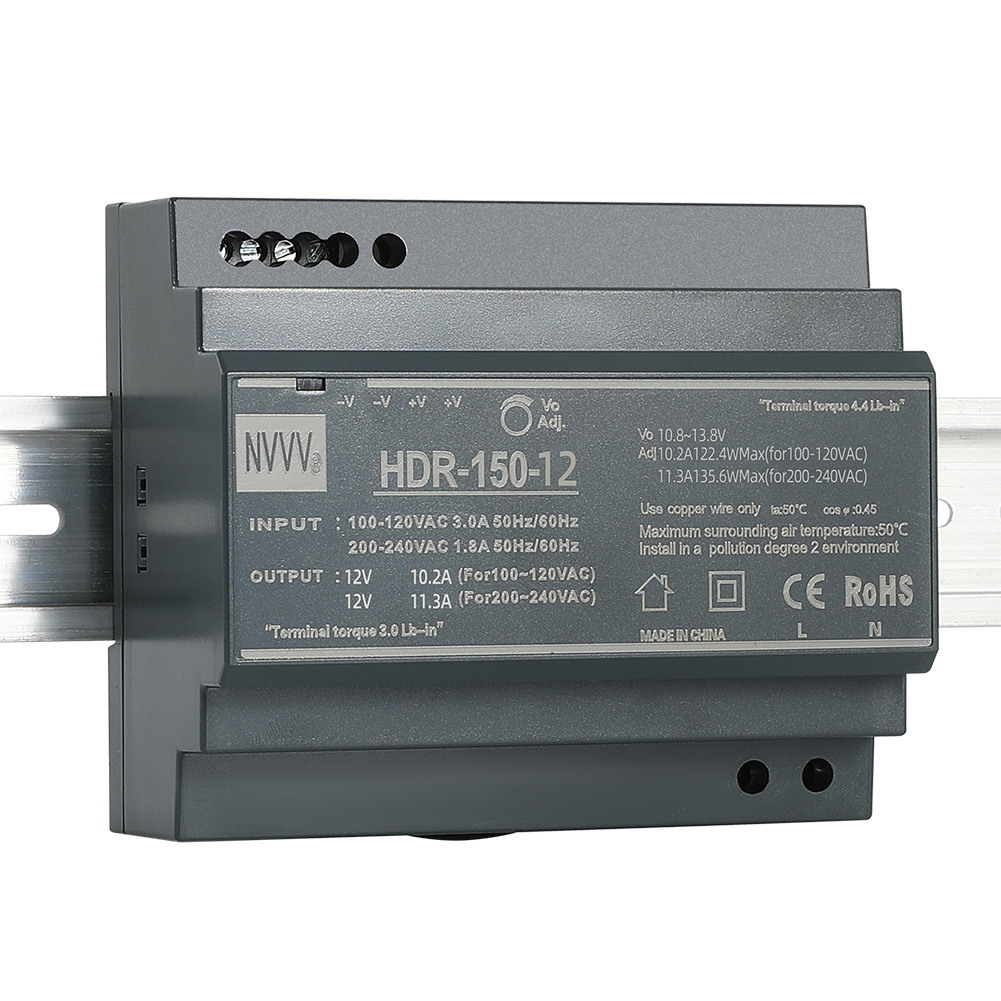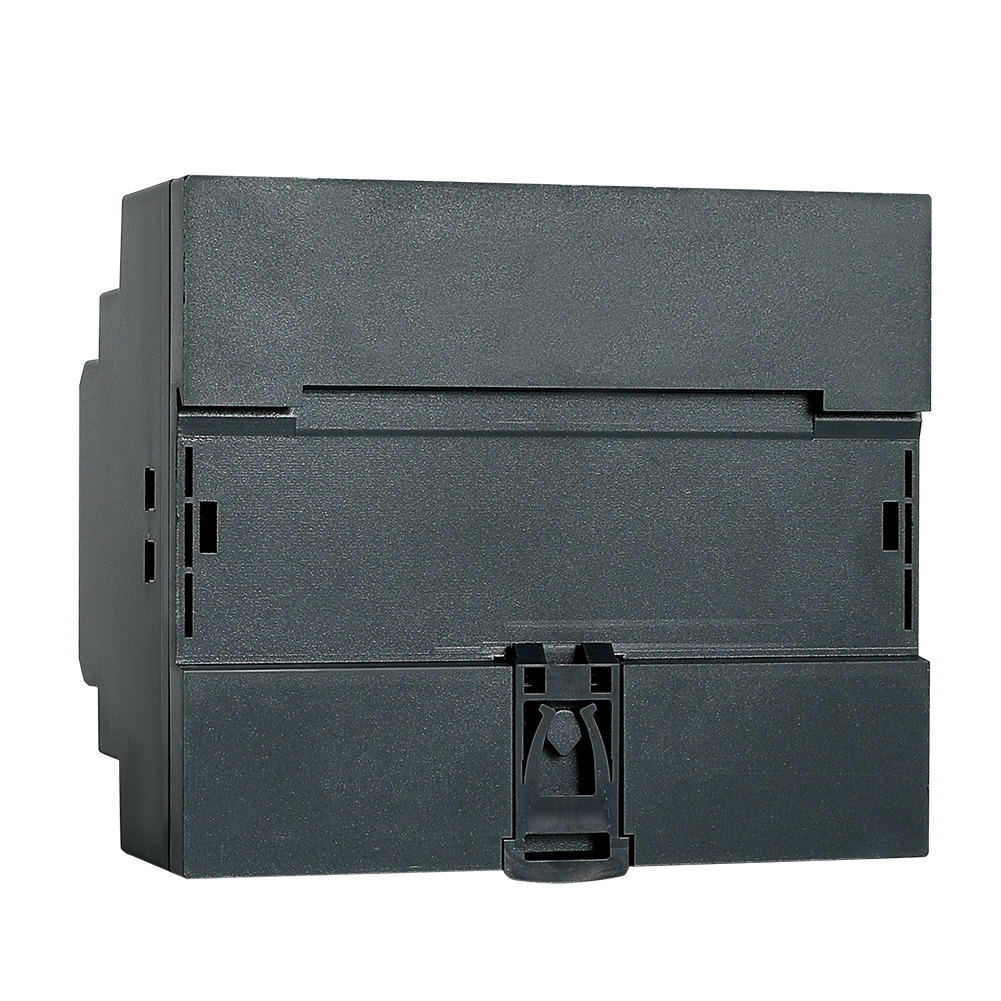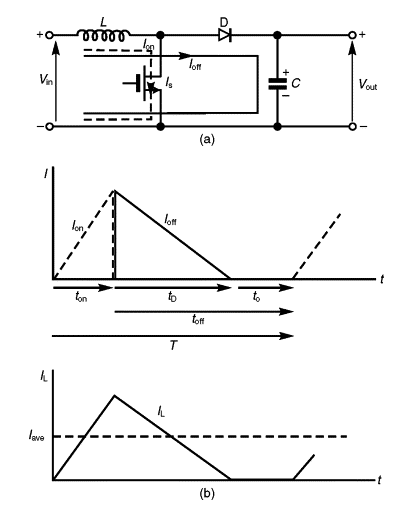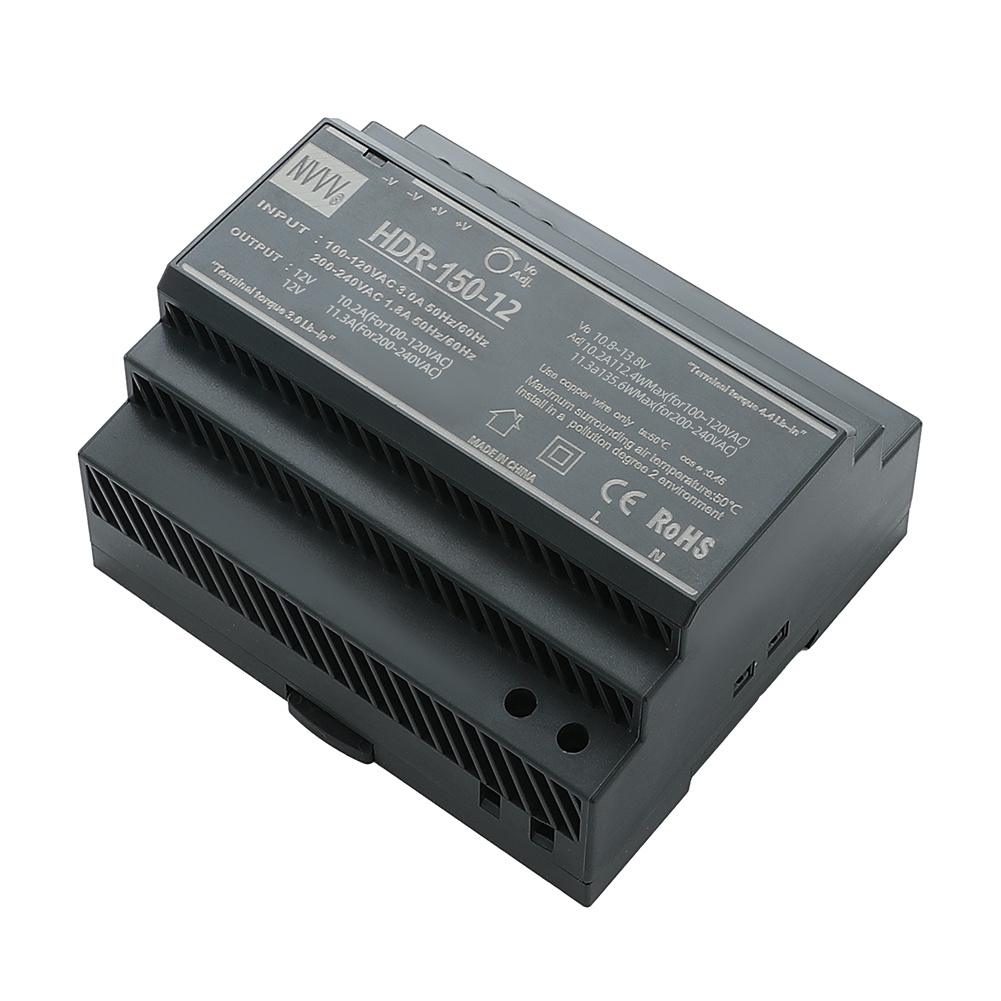How many types of switched-mode power supply are there?
Switched-Mode Power Supply (SMPS) has been widely used in modern power electronic devices due to its high efficiency and compactness. Different types of switched-mode power supplies are suitable for different application requirements. Understanding their working principles and characteristics will help you better choose the right power supply equipment. So, how many types of switched-mode power supplies are there? What are the specific characteristics and applicable scenarios of each type? This article will answer these questions in detail for you.
What is a switched-mode power supply? How is it different from a traditional power supply?
A switched-mode power supply is a power supply device that converts electrical energy from one form to another through a high-frequency switching circuit. Compared with traditional linear power supplies, switched-mode power supplies use high-frequency switching technology to minimize energy loss during voltage conversion, thereby achieving higher conversion efficiency. SMPS is widely used in computers, mobile phone chargers, household appliances, industrial equipment and other fields, and is popular for its small size, light weight and high efficiency. In addition, it is also a common type of 24v dc power supply.
The main differences between switch mode power supplies and traditional power supplies are:
High efficiency: SMPS reduces energy loss through high-frequency switching technology, so that the power supply efficiency is usually as high as 80% or more, while the efficiency of traditional linear power supplies is relatively low, usually around 60%.
Small size: High-frequency operation significantly reduces the size of transformers and filter components in SMPS, so SMPS is smaller in size and lighter in weight, making it more suitable for portable devices.
Low operating temperature: Due to its high efficiency, SMPS generates less heat during operation and is not prone to overheating, so it has high reliability.
The basic working principle of a switch mode power supply is to convert the input power into high-frequency alternating current, and then output the required DC voltage through processes such as rectification and filtering. It is precisely because of this high-frequency switching characteristic that switching mode power supply can provide high power output in a small size.
What are the main types of switch mode power supplies? What are their working principles?
Depending on different conversion requirements and circuit designs, switch mode power supplies can be divided into several main types, each with different working principles and application scenarios. Here are some common SMPS types:
Buck Converter: Buck switch mode power supply is used to convert high voltage to low voltage and is one of the most common types. Its basic principle is to control the current on and off through high-frequency switching, and then obtain a stable low voltage output through inductor and capacitor filtering. For example, when converting 12V voltage to 5V voltage, buck converter is the first choice. It is widely used in mobile phone chargers, car power supplies and other devices that require voltage reduction.
Boost Converter: Boost switch mode power supply is used to convert low voltage to high voltage. Its working principle is similar to buck, but it realizes the boost function through different circuit structure. For example, from 5V voltage to 12V, boost converter is very suitable. Boost SMPS is often used in devices that require high voltage output, such as LED driver circuits, portable power supplies, etc.
Buck-Boost Converter: Buck-Boost switch mode power supply can increase or decrease the input voltage to output a stable voltage. This converter can provide a stable output when the input voltage is higher or lower than the output voltage, so it is widely used in battery-powered devices such as laptops, portable audio, etc.
Flyback Converter: A flyback switch mode power supply is a power converter with electrical isolation, suitable for power conversion with high voltage drop. Its working principle is to store energy through the primary coil and then release the energy in the secondary coil to achieve isolation between input and output. Flyback SMPS is often used in low-power isolated power supplies, such as mobile phone chargers, home appliance control circuits, etc.
Forward Converter: A forward switch mode power supply is similar to a flyback, but has a different design in energy transfer. The forward converter can operate at higher power and has higher efficiency, and is suitable for devices that require higher output power, such as communication equipment power supplies, medical equipment power supplies, etc.
These types of SMPS each have their applicable voltage and power range, and users can choose the appropriate type according to their specific needs.
What are the advantages and disadvantages of different types of switch mode power supplies? How to choose the right type?
Different types of switch mode power supplies differ in efficiency, output stability, power range, etc. The following is an analysis of the advantages and disadvantages of several common types:
Buck Converter
Advantages: simple structure, high efficiency, suitable for buck applications.
Disadvantages: only suitable for high voltage to low voltage, cannot boost.
Applicable scenarios: mobile phone chargers, car power supplies, computer power supplies, etc.
Boost Converter
Advantages: simple structure, suitable for low voltage to boost voltage applications.
Disadvantages: efficiency will decrease when the current is large, and the output current is unstable.
Applicable scenarios: LED drive, radio equipment, portable power supply.
Buck-Boost Converter
Advantages: can both buck and boost, suitable for occasions with large voltage fluctuations.
Disadvantages: complex structure, high design cost.
Applicable scenarios: battery-powered equipment, portable audio, backup power supply, etc.
Flyback Converter
Advantages: with input and output isolation function, simple circuit, suitable for low-power isolated power supply applications.
Disadvantages: large output ripple, not suitable for high-power applications.
Applicable scenarios: mobile phone chargers, household low-power devices.
Forward Converter
Advantages: high efficiency, suitable for high-power applications, suitable for long-term stable output.
Disadvantages: complex structure and large size.
Applicable scenarios: communication equipment, medical equipment, high-power industrial equipment.
Selection suggestions
If a small-volume, low-cost power supply device is required, the flyback converter is a good choice; while for high-power, long-duration equipment, the forward converter is more suitable. In application scenarios with unstable voltage, the buck-boost converter provides a more flexible option.
What is the role and development prospect of the switch-mode power supply in practical applications?
Switch-mode power supplies have been widely used in various modern electronic devices due to their high efficiency, compactness and flexibility. The following are the practical applications of SMPS in different fields:
Consumer electronics field: In devices such as smartphones, laptops, and tablets, switching power supply provides stable power support for the equipment. Especially in mobile phone chargers, the flyback converter has become the mainstream choice with its small size and safety.
Industrial equipment: In industrial equipment, SMPS is widely used in motor control, automation equipment, and robotic systems to provide stable DC power. Forward converters are particularly common in industrial equipment due to their high efficiency and long-term working ability.
Medical equipment: Medical equipment has extremely high requirements for power stability and safety, and SMPS provides reliable power support. Forward and buck-boost converters are widely used in medical instruments to ensure that the equipment can still be stably powered during long-term operation.
Automotive electronics: More and more electronic devices in cars require stable power support, and SMPS is used in automotive power systems, in-car entertainment equipment and other fields. In particular, buck converters and boost converters can meet various voltage requirements inside the car.
With the diversification of power demand and the trend of miniaturization of equipment, the application scope of switch-mode power supplies will be further expanded. In the future, with the development of new materials and new technologies, the conversion efficiency and volume of SMPS will be further optimized. Especially in the field of new energy and IoT devices, SMPS will play a more important role as an efficient power conversion solution.
Conclusion
There are many types of switch-mode power supplies, mainly including buck, boost, buck-boost, flyback and forward. Each type of switch-mode power supply has its own characteristics in different application scenarios. From consumer electronics to industrial equipment, SMPS provides efficient and safe power support for various devices. When choosing a switch-mode power supply, users should choose the appropriate type based on the specific voltage requirements, power requirements, and operating conditions of the equipment.
Looking to the future, switch-mode power supplies will develop in a more efficient, compact, and reliable direction, providing more optimized solutions for the power needs of all walks of life. Whether it is electronic equipment in daily life, industrial production, or medical equipment, the application of SMPS will further improve the efficiency and stability of the equipment, bringing more convenience and safety to modern life.












